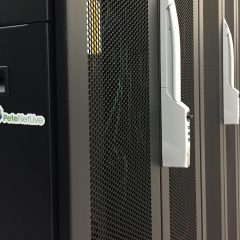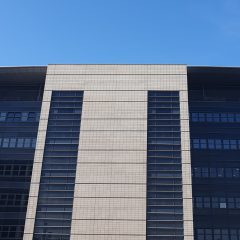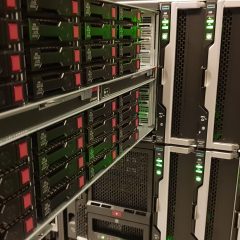SMB1 Is Dead? (Unfortunately Not Yet)
KB ID 0001461 Problem I recently did a migration for an engineering company, about a week later I got an email from them to say, “We have a new Windows 10 PC, and it can’t connect to the ‘N’ Drive?” I asked them to send me a screenshot, the error was; You can’t connect to the file share because it’s not secure. This share requires the obsolete SMB1 protocol, which is unsafe and could expose...
Arcserve – Backup a ‘Mapped Drive / UNC Path”
KB ID 0001165 Problem It’s been such a long time since I touched any backup software, I setup Arcserve UDP this week for a client to backup their servers to a NAS drive, then they wanted to back that data off to tape for an offsite backup. I installed Arcserve no problem, it looks much the same as it did last time I used it. When I expanded the server-name only the local drives were shown, as I only had a basic licence adding...
Windows – Map a Drive to OneDrive
KB ID 0000659 Problem You could do this with Windows 7, but as you can log into Windows 8 with your Microsoft Live ID (formally Microsoft Passport), the process is a lot simpler. Solution 1. Whist logged into Windows 8 with your Microsoft Live ID, open your web browser and go to https://onedrive.live.com/about/en-gb/ Log in > Files > Create > Folder. 2. For simplicity I’ve just called the folder SkyDrive. 3. Open a...
Windows – Remove Saved / Cached Network Passwords
KB ID 0000556 Problem Windows 7 / 2008 R2 like previous versions of Windows, caches your user names and passwords entered for network shares, drives etc. That’s fine until there’s an incorrect password or username in the cache, and you want to remove it. With Windows XP you could do this by running “control userpasswords2” and deleting the offending entry. With Windows 7 we have Credential Manager to do this...



